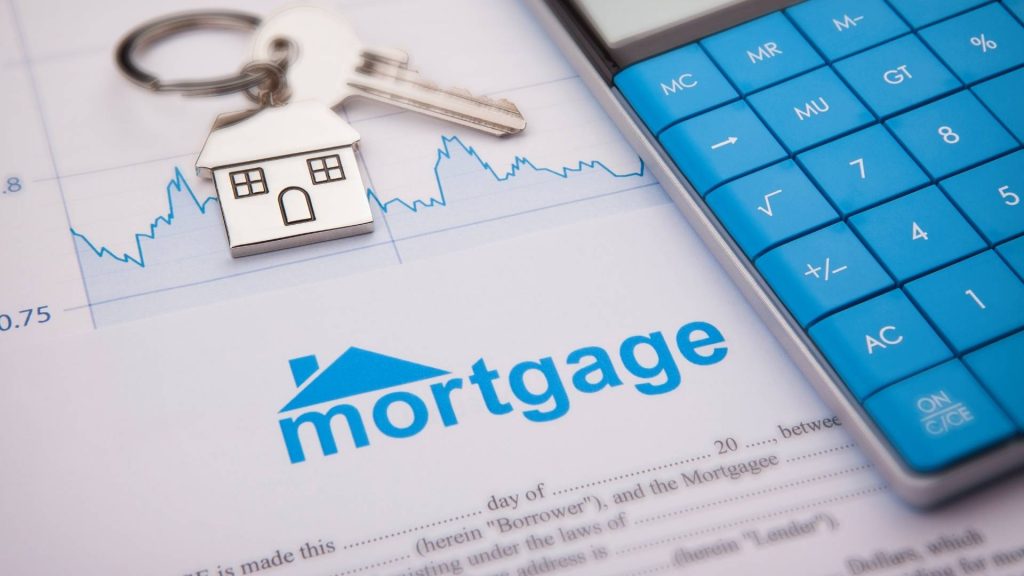What deposit do I need for a self build mortgage?
Usually, you will need a 15% deposit to secure a self build mortgage. Despite its name, a self build mortgage is not like a traditional mortgage. You must have the cash in your bank to secure the loan. Some brokers may consider your existing assets as a means of borrowing against them, but they will prefer concrete cash. If you’re looking to get a self build mortgage, the following advice can help you.
A self build mortgage is often paid in arrears, so you’ll have to make repayments in stages, as the house is built. Generally, your mortgage provider will release payments to you at each stage of construction. This is useful if you are unable to pre-fund the project. However, it is worth noting that arrears self-build mortgages tend to have higher interest rates than those that pay in advance.
You should be aware that self-build mortgages generally require a higher deposit than standard mortgages, ranging from 25% to 50%. Furthermore, you will likely have to pay for alternative accommodation while your property is being built. Self-build mortgages are not available from the larger lenders, so you’ll have to pay a higher deposit than standard mortgages. However, it’s worth noting that self-build mortgages are regulated mortgage contracts.
Which banks offer self build mortgages?
When it comes to the construction of a new home, which banks offer self-build mortgages? These mortgages can be difficult to find. Although they are not as straightforward as fixed-rate mortgages, they do offer some features that other types of mortgages can’t.
For example, a self-build mortgage can release funds either in advance of the construction or after it is completed. Another option is to use a tracker mortgage to get your funds at lower rates during the construction phase.

When it comes to the loan amount, the maximum self-build mortgage is up to 75% of the final property value. You may also need to have planning permission for the building project. In some areas, this can take a few weeks, so make sure you factor this in your calculations.
If you do not have full planning permission, you can look for plots for sale from the local planning authority. You can also contact a mortgage broker who can help you navigate the process and get you the best deal.
What is the criteria for a self build mortgage?
Self build mortgages are available from a range of lenders. Each has its own criteria and requirements, but in general, the maximum you can borrow is 85% of the cost of the property. Lenders usually base their self-build mortgages on a multiple of your income, although some will allow a higher or lower multiple in certain circumstances. This means you can borrow more money if you need to, but it’s not as easy as it seems!
Before you can apply for a self-build mortgage, you’ll need to submit detailed building plans and proof of planning permission. Your lender will also want to see that you’ll have a sufficient deposit to cover the costs of materials and labour, as well as any contingencies.
Self build mortgage brokers can help you apply for a self-build mortgage. You will need to obtain planning permission, which can take several weeks. Some lenders accept outline planning permission, but others require detailed planning permission. If you’re planning to build a home on a plot of land owned by a local authority, you’ll need to apply for planning permission. Various websites will help you find plots for sale in your area.
How much can I borrow for a self build mortgage?
The amount you can borrow depends on the lender and your personal circumstances. If you are single, you may need a co-borrower. This person can split the deposit and monthly repayments. If you live together, you should get independent legal advice about your arrangements. A cohabitation agreement or declaration of trust may be needed.
Lenders will have their own criteria and methods of assessing your finances. However, most will lend up to four times your annual income. Some will also take into account bonuses, overtime, commission and bonuses.
If you are building a new house, you should keep in mind that many projects are overrun with costs. Taking out insurance is highly recommended as it can help you cover costs in case of delays, overspending or bad weather. Furthermore, you might need more money for a certain stage of the project.
If your self build mortgage provider releases more money to you early, it will reduce the amount you have to borrow for the rest of the project. In these cases, you can get a bridging loan to bridge the gap.
Is it hard to get a self build mortgage?
Although the amount of mortgage available is dependent on the lender and personal & financial information, most lenders will offer up to 4x your annual income. There are exceptions, however, and some mortgage providers take into account bonuses, overtime and commissions in determining your maximum loan amount. The lender will also consider your free income, if any. This is why it is advisable to get independent legal advice before taking out a self build mortgage.
If you’re planning to build your own home, you should be aware that self build mortgages have higher interest rates than standard residential mortgages. They require a larger deposit, as well as more paperwork and planning permission.
You’ll also need to show evidence of your ability to pay for the project and cover running costs while you’re still living in your existing home. It’s also important to keep track of your finances, as a self build mortgage may not cover all the costs of building a house. Also, you should expect unforeseen delays and extra costs during the process of applying for the mortgage.
Types of self-build mortgages
The interest rates for self-build mortgages are usually higher than those for standard residential mortgages. You’ll need to make a larger deposit and submit building plans and cost projections to obtain this type of mortgage. You’ll also need to track your finances and make sure you have enough cash on hand for unforeseen expenses and delays. Types of self-build mortgages vary depending on the size of your project.
 Typically, a self-build mortgage comes with no security and can be obtained when the new build has been certified habitable and issued with a Building Control Completion Certificate. While the interest rates for self-build mortgages tend to be higher than standard residential mortgages, the interest rates can be considerably reduced by putting down a larger deposit.
Typically, a self-build mortgage comes with no security and can be obtained when the new build has been certified habitable and issued with a Building Control Completion Certificate. While the interest rates for self-build mortgages tend to be higher than standard residential mortgages, the interest rates can be considerably reduced by putting down a larger deposit.
Self-build mortgages typically have a LTV of sixty to eighty percent, so you can borrow between 60% and 80% of the property’s value.
Another difference between advance and arrears self-build mortgages is the method of payment. Advance self-build mortgages release funds before the major stages of a project, such as the foundation phase.
These types are most beneficial for those with cash on hand. However, if you have a large deposit ready and don’t need to use your own money to pay off your mortgage, an arrears self-build mortgage can be a good option.
Advantages and disadvantages
There are certain advantages and disadvantages of self-build mortgages. Although the interest rate tends to be higher than with standard residential mortgages, the savings made in the process can make up for the higher interest rate.
Self-build mortgages are also more difficult to get from large lenders. Furthermore, deposit amounts may be as high as 50%. Therefore, people planning to build a home should have a good savings account.
Self-build mortgages do not offer security and are usually issued in parts. However, lenders will check your credit history and affordability before giving you a self-build mortgage. As the interest rates tend to be higher than those of standard mortgages, increasing the amount of deposit you have will help to lower repayments.
Self-build mortgages typically come with 60%-80% LTV, so you should have a good deposit.
A self-build mortgage is an option for those who are unable to finance the project themselves. Nevertheless, it does have its limitations. Because these loans are not as widely available, they may not be as competitive as a standard mortgage.
The rates are not as competitive as standard fixed-rate mortgages. Therefore, it is best to seek the advice of a mortgage adviser when looking for a self-build mortgage.
How does a self-build mortgage work?
A self-build mortgage differs from a conventional house buying mortgage in several ways. Rather than giving a lump sum to borrowers at the beginning of the project, self-build mortgages release funds to the borrower over a number of instalments as the house is constructed.
These instalments are intended to cover the costs of each stage of the project. Some lenders will release funds in arrears while others will pay them in advance. Regardless of the type of self-build mortgage, the main difference between a traditional mortgage and a self-build one is the repayment schedule.
Before acquiring a self-build mortgage, you will need to meet the lending criteria of the lender. The lender will base the amount of the loan on your individual financial situation and your ability to repay it. You should have a steady income and a good credit score to qualify for the best self-build mortgage rates. Also, be aware that the costs of building a house may exceed the funds you obtain for the self build mortgage.




